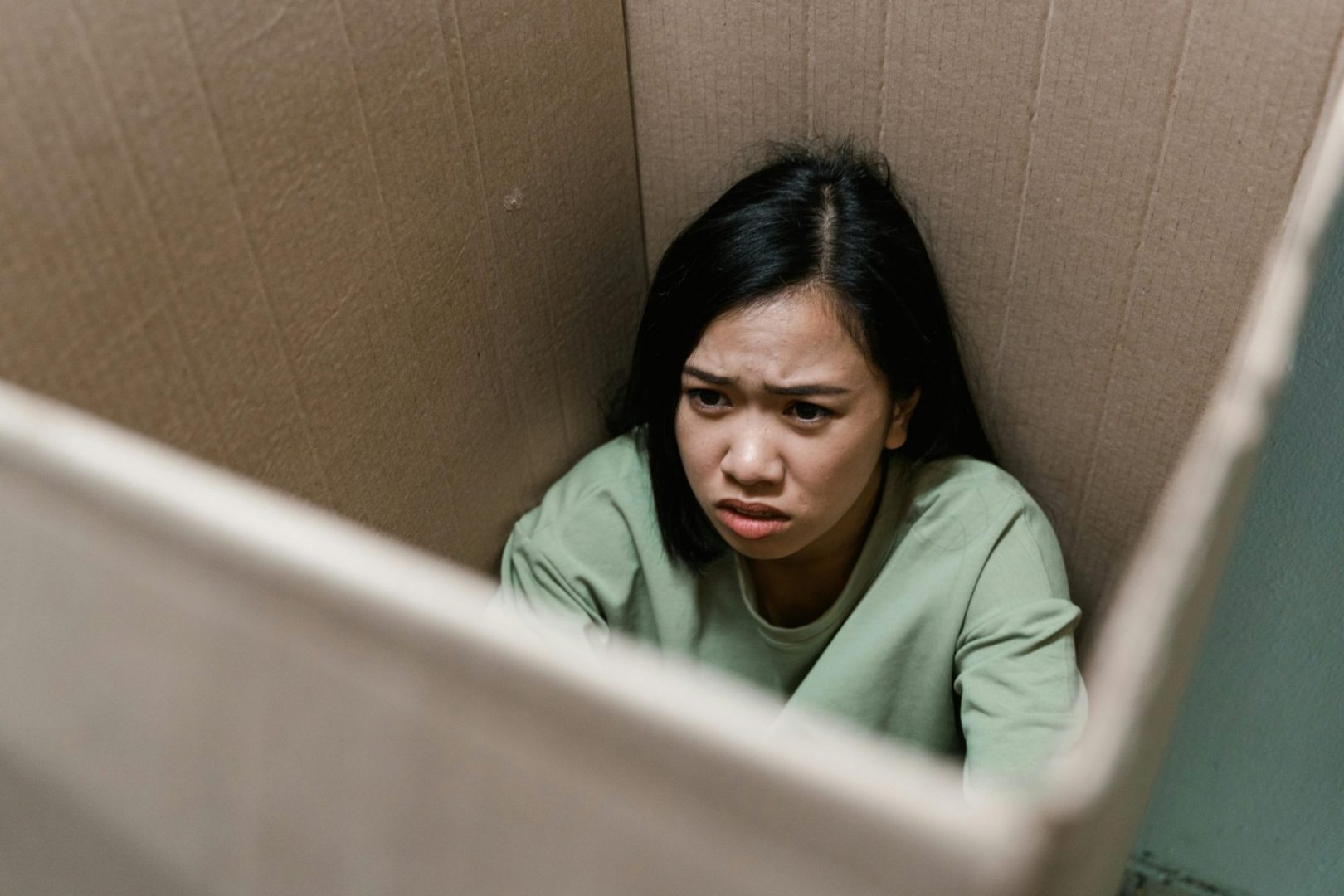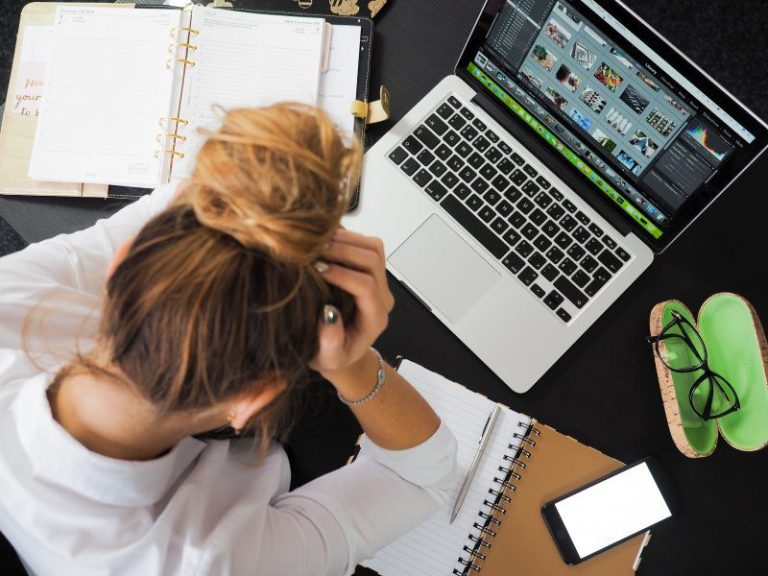Silent Struggles: Social Anxiety
Social anxiety is a common experience that encompasses the fear, nervousness, and apprehension individuals often face in social interactions. While some associate social anxiety with shyness, it extends beyond that although there are commonalities. Social anxiety stems from the fear of potential humiliation or embarrassment. Leading individuals to believe they are being negatively judged by others. This fear inhibits natural interaction, making it difficult to talk, listen, or make friends. Socially anxious people often assume that their interactions will expose their weaknesses, leading to dismissal or rejection. Despite possessing positive qualities, these traits can be overshadowed by anxiety. Hindering the ability to express oneself freely and connect with others.
Feeling social anxiety is a normal human experience. Hence, overcoming social anxiety is not about removing it entirely because we possibly cannot. Therefore, instead, the focus should be on learning how to manage and reduce its impact. Allowing individuals to express their true selves and enjoy social interactions without fear.
It is important to differentiate between social anxiety and social anxiety disorder (SAD, technical term for a diagnosis). Social anxiety disorder (SAD) is a recognised mental health condition characterised by an intense and persistent fear of being scrutinised, judged, or embarrassed in general social situations or specific social situations (e.g., performance anxiety). So far, very similar to what is described above. What distinguishes social anxiety disorder is the intensity and persistence of the anxiety. It goes beyond the occasional nervousness and significantly impacts a person’s ability to engage in various social activities. SAD can interfere with various aspects of life, leading to avoidance of social situations, difficulty in forming relationships, and even impacting academic or professional achievements.
How to recognise the signs and symptoms of social anxiety?
Social anxiety is more than just feeling a little nervous; it affects an individual’s thoughts, behaviours, body, and emotions. Hence, one of the easiest ways to recognise social anxiety is through examining common signs and symptoms of these domains:
- Effects on Thinking: Worrying about what other people think of you. Difficulty concentrating when speaking to others or in a social situation. Not remembering what the others have been just talking about. Focusing your attention on yourself, being constantly aware of what you do and say, thinking about what might go wrong with your social interactions ahead of time, retrospectively thinking what you might have done or say wrong after social interaction, having brain fog…
- Effects on behaviour: speaking rapidly, softly, or mumbling, mixing up words, avoiding eye contact, subtly diverting attention, prioritising safety (whether of the environment, individuals, or subjects), and evading social gatherings or situations…
- Effects on the body: Blushing, sweating or trembling in social situations or when anticipating social situations, being unable to relax due physical aches and pains or feeling tense, ‘panicky’ feelings (e.g., palpitations, dizziness or nausea, short breath…
- Effect on emotions/feelings: Nervousness, anxiety, fear, apprehension, self-consciousness, frustration and anger (with self and/or others), inferiority compared to others, not feeling ‘confident enough’, ‘interesting enough’, feeling sad hopeless about your ability to change…
Remember these signs and symptoms cannot seldomly enough to conclude a diagnosis, however, if you are and have been experiencing some of them for a while and it creates issues in your life, it might be a good idea to learn more about the possible help that is available for you.
Do you find these signs and symptoms relatable? Before you start addressing them, stop and think about what you want to change. You need to know what the problem is in order to start working on it, and no two people are exactly the same. Ask yourself: How does social anxiety affect you? What are the ‘signs and symptoms’ that bother you? How would you like things to be different? If you were to work on your social anxiety, what would your life look like, what would you be able to do?
If you have trouble which one to start addressing first, try to start small and gradually progress. Incremental steps pave the way for improvement. Understand that there will be both successful and less successful moments, leading to a lack of motivation from time to time. Everyone experiences good and bad days, and challenges may seem more daunting on rough days. Anticipating these normal fluctuations can help you stay resilient when they occur. If you are unable to facilitate change on your own, seek help from a healthcare professional. There are evidence-based treatment options available for those experiencing social anxiety.
If you think that you can benefit from professional support on this issue you can reach out here.
Seray Soyman is working as a Clinical Psychosexologist within the Willingness team, providing psychosexual education and sexual support sessions, as well as delivering training and workshops. She has a master’s degree in Clinical Psychosexology from the Sapienza University of Rome. Seray’s research interests are sexual communication, sex-positive behaviour, LGBTQIA+ studies, and sexual health.
References
Butler, G. (2016). Overcoming social anxiety and shyness: A self-help guide using cognitive behavioural techniques. Hachette UK.
Morrison, A. S., & Heimberg, R. G. (2013). Social anxiety and social anxiety disorder. Annual review of clinical psychology, 9, 249-274.







